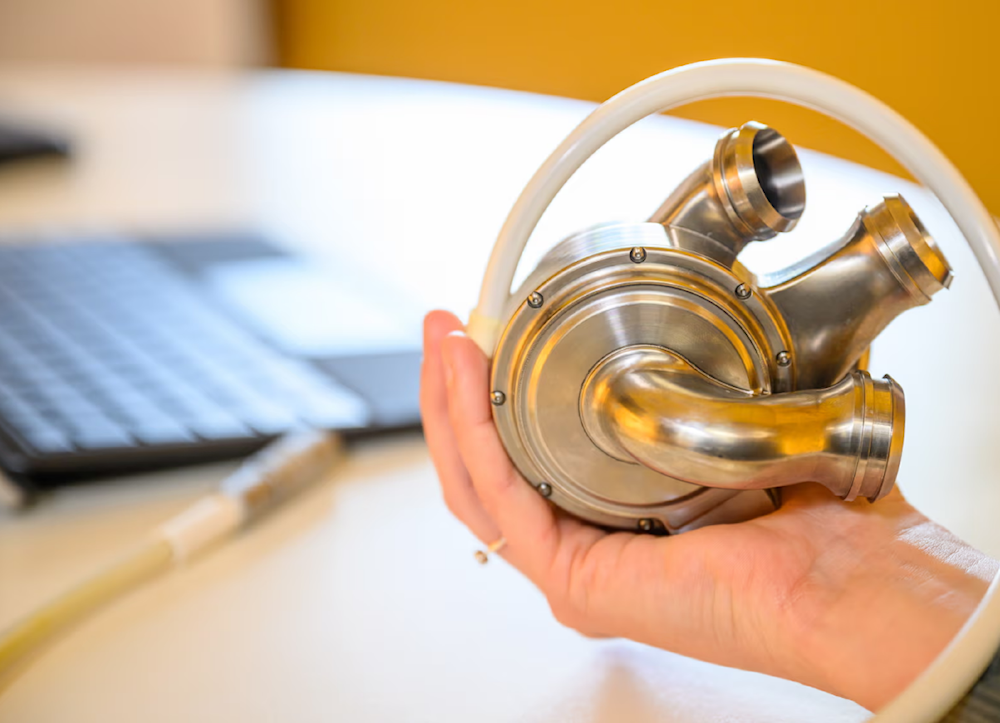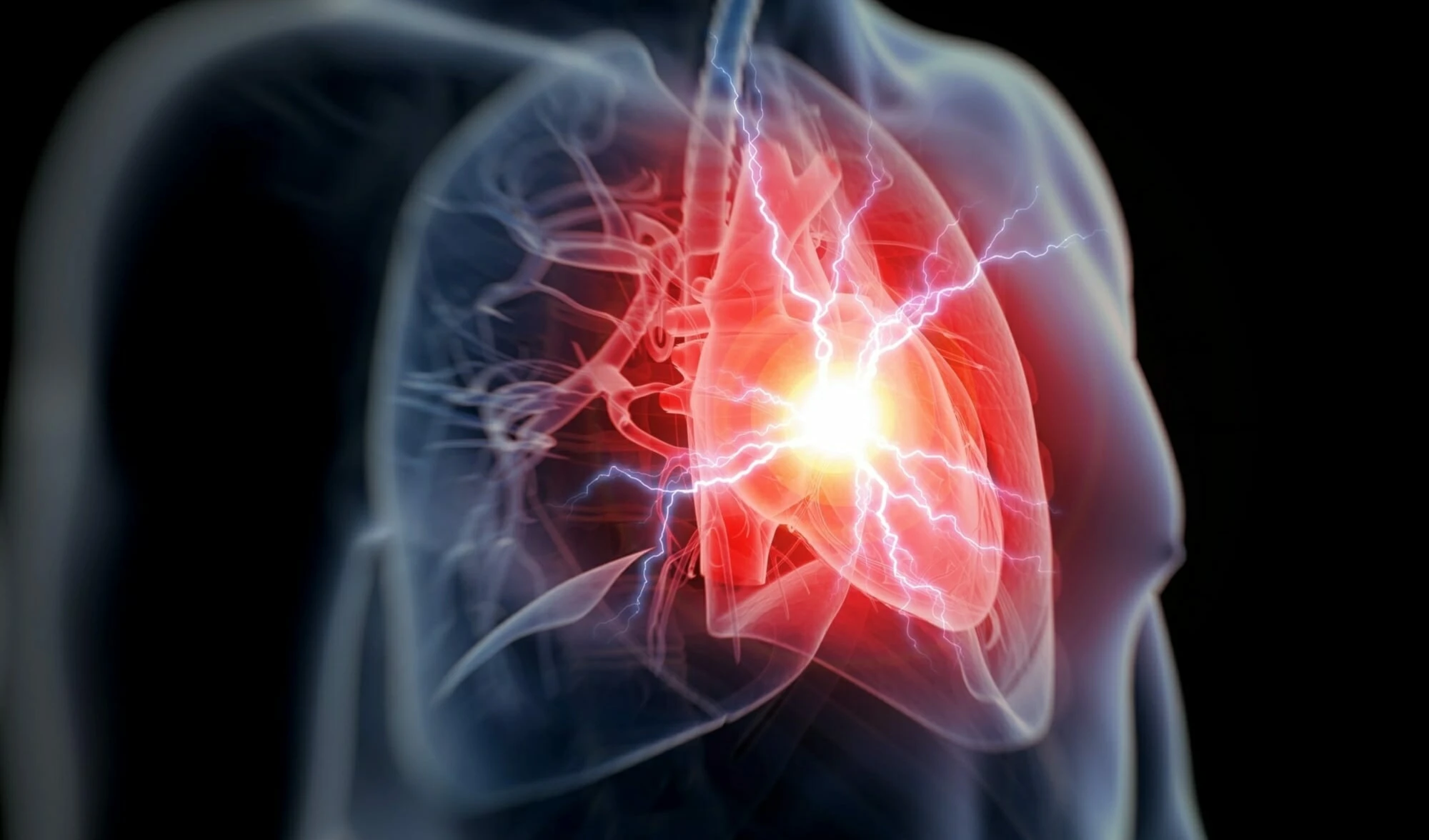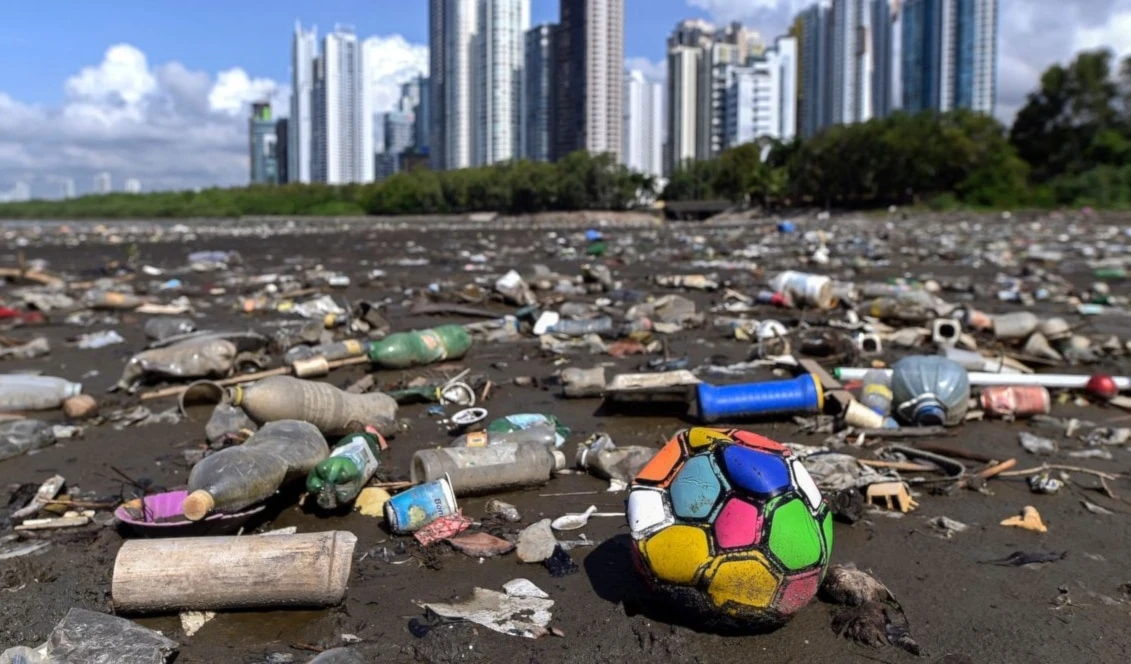In first, Australian man survives 100 days with artificial heart
Sydney surgeons are "immensely proud" after a patient in his 40s received an Australian-designed implant, intended as a temporary solution before a donor heart becomes available.
-

The BiVACOR total artificial heart is the world’s first implantable rotary blood pump that can act as a complete replacement for a human heart. (Claire Usmar/BiVACOR)
Australian doctors and researchers announced on Wednesday that a heart implant had been an "unmitigated clinical success" after a patient survived more than 100 days with the device before receiving a donor heart transplant in early March.
The BiVACOR total artificial heart, developed by Queensland-born Dr. Daniel Timms, is the world’s first implantable rotary blood pump capable of fully replacing a human heart. Using magnetic levitation technology, it replicates the natural blood flow of a healthy heart.
Currently in the early stages of clinical study, the implant is designed for patients suffering from end-stage biventricular heart failure—a condition that typically arises after other illnesses, such as heart attack and coronary heart disease, damage the heart to the point where it can no longer pump blood effectively. Other diseases, including diabetes, can also contribute to this condition.
According to the Australian government, which has invested $50 million into the development and commercialization of the BiVACOR device as part of the Artificial Heart Frontiers Program, more than 23 million people worldwide suffer from heart failure each year, yet only 6,000 receive a donor heart.
While the implant serves as a temporary bridge to keep patients alive until a donor heart is available, BiVACOR’s ultimate goal is for patients to live with the device indefinitely without needing a transplant.
A New South Wales man in his 40s, who was experiencing severe heart failure, volunteered to become Australia’s first recipient of the total artificial heart and the sixth worldwide.
Dive deeper
The first five implants were performed in the United States last year, with all patients receiving donor hearts before hospital discharge. The longest period between implant and transplant in those cases was 27 days.
The Australian patient received the device on November 22 at St. Vincent’s Hospital in Sydney during a six-hour procedure led by cardiothoracic and transplant surgeon Paul Jansz. He was discharged in February and later received a donor heart in March.
Jansz described the experience as an honor, stating, "We’ve worked towards this moment for years and we’re enormously proud to have been the first team in Australia to carry out this procedure."
Prof. Chris Hayward, a cardiologist at St Vincent’s who monitored the patient after his time in intensive care, said the BiVACOR heart would revolutionize heart failure treatment worldwide.
"The BiVACOR Total Artificial Heart ushers in a whole new ball game for heart transplants, both in Australia and internationally," he said. "Within the next decade, we will see the artificial heart becoming the alternative for patients who are unable to wait for a donor heart or when a donor heart is simply not available."
Prof. David Colquhoun from the University of Queensland and a board member of the Heart Foundation, who was not involved in the trial, called the breakthrough "a great technological step forward for artificial hearts—bridging hearts—before transplant."
However, Colquhoun noted that while the artificial heart functioned for more than 100 days, this is still significantly shorter than the lifespan of a donor heart, which can last more than a decade.
"For that reason, there’s still a long way to go before the artificial heart can be considered a true replacement for a heart transplant," he cautioned.
Colquhoun also pointed out that while heart failure remains a serious issue, medical advancements have significantly reduced mortality rates. He noted that in 1967-68, around 47,000 Australians died from heart disease out of a population of 11 million, whereas in 2022, the number was 45,000 out of 26 million.
The implant marks the first in a series of planned procedures in Australia as part of the Monash University-led Artificial Heart Frontiers Program, which is developing three key devices aimed at treating the most common forms of heart failure.

 4 Min Read
4 Min Read










